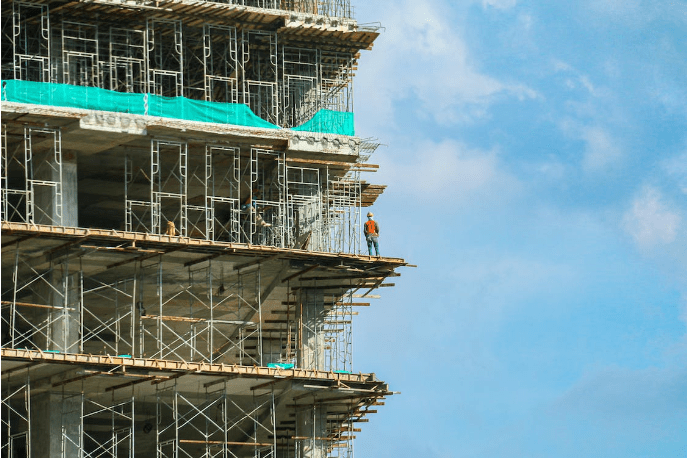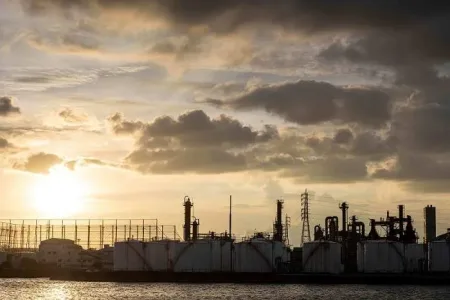The modern world wouldn’t be what it is today without the construction industry. Whether you live in New York City, Boise, or Austin, you’ll likely see various construction marvels around you. High-rise buildings, skyscrapers, and local landmarks only exist because of the construction industry’s ingenuity and willingness to innovate.
As a result, it’s unsurprising that the construction sector is one of the biggest industries worldwide. Since the sector’s impact is undeniably strong, many often refer to it as the backbone of the economy. While that might be true, a strong case can also be made about the potential health and safety risks the industry poses to workers and residents in construction and demolition zones.
The industry particularly affects construction workers because they’re exposed to grueling worksite conditions for long hours. In addition, many developments must meet deadlines because operating a worksite is expensive. Thus, workers spend a significant amount of time on these sites. As a result, they’re more vulnerable to the risks the industry poses.
Local building codes have requirements for developers to ensure worker safety. Unfortunately, some construction workers often overlook these requirements, exposing workers to potentially fatal health diseases.
Workers in some settings, such as in skyscraper constructions and oil refineries, are particularly vulnerable to health and safety problems. For instance, workers can develop mesothelioma from asbestos exposure from oil refineries. Hence, it’s important for both potential and current workers to familiarize themselves with all the possible hazards present on construction sites.
Common Health and Safety Risks in the Construction Industry
Research shows the global construction market size was worth approximately $12.74 trillion in 2022. Furthermore, studies show that the market will grow at a compound annual growth rate (CAGR) of 6.5 percent between 2023 and 2028. It also employs nearly ten million people in the United States, which is unsurprising considering its size.
While the construction industry might be one of the largest industries nationally, it is also extremely dangerous. For instance, the National Safety Council observes that the construction industry experiences the most workplace deaths.
As a result, industry workers are vulnerable to several health and safety risks, including the following:
1. Falls from Heights
Construction workers must often work from heights or on elevated surfaces during the construction or demolition process. While building codes require construction companies to follow necessary safety guidelines, accidents still occur. Falls from heights are one of the most significant causes of fatal injuries in the construction sector. They may occur due to unprotected edges, unsecured equipment falling, lack of guardrails, and unsecured scaffolding
2. Worksite Trips and Slips
In addition to falling from heights, the inherently hazardous nature of the construction industry also results in workers often getting injured from worksite trips and slips. Injuries in such incidents are usually non-fatal, but workers must still undergo a recovery process, which can result in time away from work, leading to a loss of income. Workers can often trip or slip at the worksite due to slippery surfaces, unsecured equipment, uneven surfaces, and loose cables.
3. Auditory Problems
Most construction and demolition sites utilize heavy machinery, such as jackhammers and concrete saws. Such heavy machinery also produces considerable noise. Construction workers cannot avoid this noise since they must be present on the worksite. As a result, many develop auditory issues and hearing problems due to constant exposure. A CDC study found that 51 percent of all construction workers were exposed to hazardous noise. In addition, 25 percent reported having a material hearing impairment affecting their daily lives.
The CDC also noted that 52 percent of noise-exposed workers don’t wear hearing protection, although it is available in most instances.
4. Manual Labor Affects Limbs
Workers on construction sites are required to lift heavy objects and carry tools and equipment. Unfortunately, improperly and excessively handling heavy items can lead to musculoskeletal disorders, affecting limbs and joints. It may also lead to poor posture. According to research, lower back pain is one of the most common causes of lost work days and disabilities in the construction industry. This underlines the need for comprehensive workplace safety measures.
5. Respiratory Issues and Asbestos
Woodworking, brushing floors, working with concrete, and cutting stone can often produce significant airborne dust, which is extremely harmful. In addition, this airborne dust also often carries fine, hazardous materials, which can be toxic. As a result, construction workers exposed to airborne dust often develop lasting health complications. Respiratory issues like asthma, bronchitis, and emphysema are the most common health complications. Prolonged exposure can also lead to more debilitating conditions like lung cancer and silicosis.
Furthermore, construction sites are also rife with asbestos. While asbestos is a banned mineral in over sixty countries, the USA hasn’t banned it. Most developers don’t use asbestos as frequently anymore, considering its harmful effects. However, older buildings still have asbestos-containing materials and fittings, such as pipe insulations, boilers, sprayed coatings, and tiles. Asbestos exposure can cause life-threatening diseases, including asbestosis, lung cancer, and mesothelioma.
6. HAVS
Another hazard of working in the construction industry involves developing HAVS (hand-arm vibration syndrome). It is a serious and painful disease affecting joints, blood vessels, and nerves. Frequently using handheld tools can cause HAVS. Heavy machinery producing considerable vibration also causes HAVS.
7. High Blood Pressure and Circulatory Issues
Construction workers also frequently develop high blood pressure and circulatory issues. The development of these issues can be chalked up to the construction industry’s physically-intensive nature. Construction workers also spend long hours on their feet, causing them to develop varicose veins.
Conclusion
The construction sector is one of the largest industries globally and employs millions of people. However, that doesn’t negate the fact that the industry poses severe health and safety risks to workers. Workers must ensure they use the proper equipment and follow health and safety guidelines for their protection and safety. Similarly, construction companies must ensure they follow their local regulatory authority’s building codes and guidelines to protect workers.



